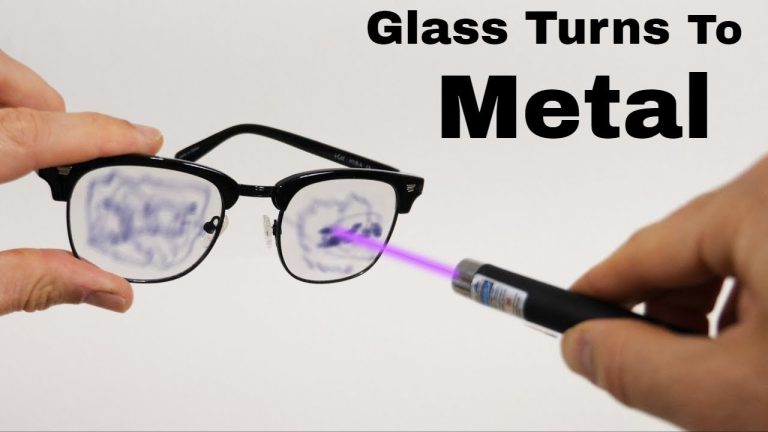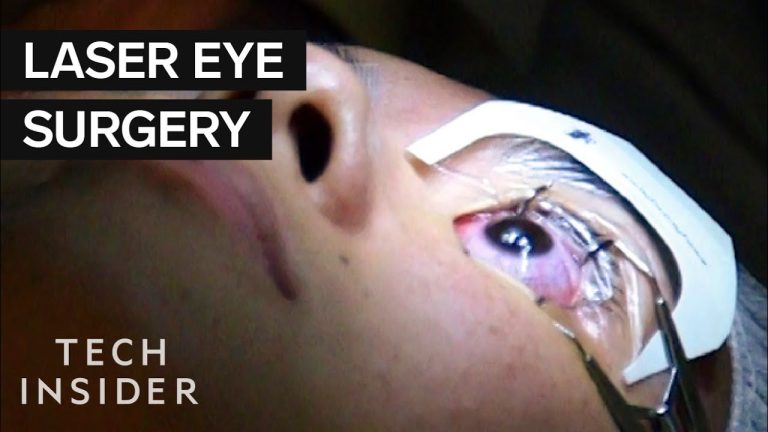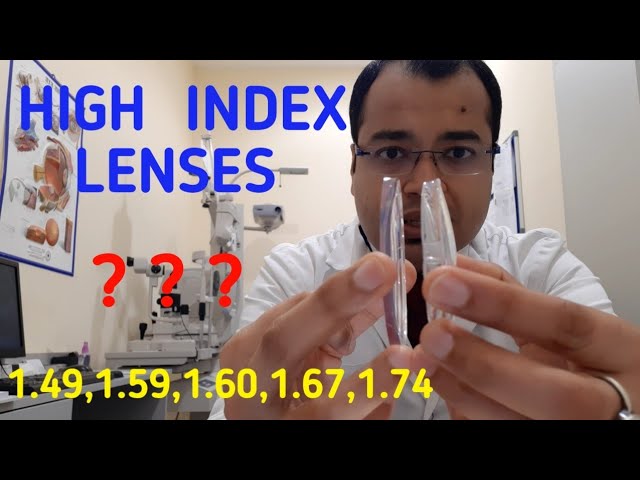Improving Your Vision: The Advantages and Disadvantages of PRK Surgery
In the field of vision care, there are several approaches to correct refractive error, such as glasses, contact lenses, or surgical procedures. Among these surgical options, there is one that has been gaining popularity in recent years due to its high success rates and minimal side effects: PRK, or Photorefractive Keratectomy.
PRK is a type of laser surgery that uses a cool ultraviolet light beam to reshape the cornea, which is the clear front part of the eye that helps focus light onto the retina. By reshaping the cornea, PRK can correct nearsightedness, farsightedness, and astigmatism, reducing or eliminating the need for glasses or contacts. PRK has been approved by the FDA since 1995, and its safety and efficacy have been extensively studied since then.
How PRK Works
During PRK surgery, the ophthalmologist numbs the eyes with anesthetic drops and removes the thin outer layer of the cornea, called the epithelium. Then, the laser beam is directed to the exposed cornea, where it removes tiny amounts of tissue to reshape its curvature. The amount and pattern of tissue removal depend on the patient’s specific prescription, which is programmed into the laser’s computer beforehand. The whole procedure takes about 10-15 minutes per eye, and patients usually go home the same day.
The recovery period after PRK is longer than other types of refractive surgery, such as LASIK, because the epithelium has to regrow and heal on its own. During the first few days, patients will experience discomfort, light sensitivity, and blurry vision, but these symptoms gradually improve over the following weeks. Most patients can resume their normal activities after about a week, but full visual acuity may take several months to achieve.
Benefits and Risks of PRK
PRK has several advantages over other types of refractive surgery. One of them is that it preserves more corneal tissue, making it a better option for patients with thin or irregular corneas. PRK also avoids the risk of creating a corneal flap, which can sometimes lead to complications such as infection or displacement. In addition, PRK can be an option for patients who are not eligible for LASIK due to certain medical conditions, such as dry eye syndrome or corneal dystrophy.
However, like any surgical procedure, PRK has some risks that patients should be aware of. The most common ones include dry eye, glare, halos, and fluctuations in vision. These side effects usually resolve on their own over time or with the help of eye drops or other treatments. In rare cases, PRK may cause infection or delayed healing, leading to scarring or vision loss. That is why it is crucial to choose an experienced and qualified surgeon and to follow all the postoperative instructions carefully.
Conclusion
PRK is a safe and effective option for correcting refractive errors and achieving clearer vision without glasses or contacts. Its advanced laser technology and customized treatment plans make it a highly precise and predictable procedure, with a success rate of over 90%. To find out if you are a good candidate for PRK, consult with a trusted ophthalmologist who can evaluate your specific needs and expectations. With proper care and follow-up, PRK can be a life-changing solution for your vision.
Most wanted in Hoya Vision:
Hoya Lens Engravings
Which lens is better Alcon or Johnson and Johnson?
What’s the rarest eye color?
What brand lenses does Costco use?
Legacy Eye Care Llc
Hoya Sensity Vs Transitions Xtractive
Should eyeglasses cover eyebrows?
What’s the difference between 1.5 and 1.6 lenses?
What do you call glasses that turn dark in the sun?
Wide Corridor Progressive Lenses
















